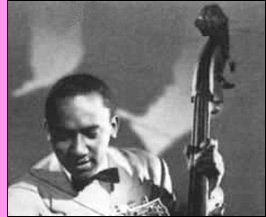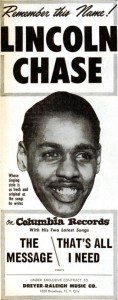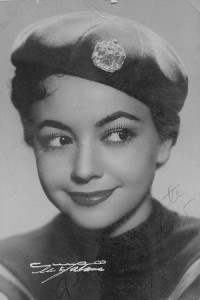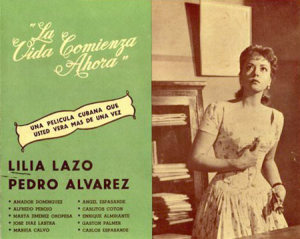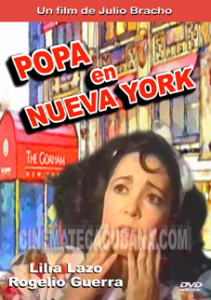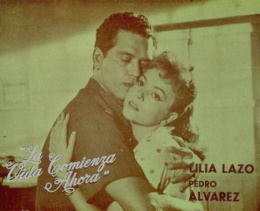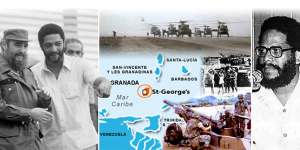 ANIVERSARIO No.31 DE LA AVENTURA DE CASTRO EN GRANADA. “CORRIÓ COMO TORTOLÓ!”.
ANIVERSARIO No.31 DE LA AVENTURA DE CASTRO EN GRANADA. “CORRIÓ COMO TORTOLÓ!”.
Tras sufrir un infarto del miocardio, el general de división Senén Casas Regueiro, viceministro primero y jefe del Estado Mayor General, fue reemplazado en el cargo por el general de brigada Ulises Rosales del Toro ―luego ascendido a General de división―quien ocupaba la jefatura del Estado Mayor del Ejército Occidental. La plaza vacante fue cubierta por el coronel Pedro Tortoló Comás, un oficial enlace de la secretaría del ministro de las FAR.
Tortoló conquistó al estrellato la noche del 24 de octubre, cuando Fidel Castro compadecía ante la televisión cubana para informarle al pueblo que en las próximas horas los efectivos de la 82 división aerotransportada de EEUU desembarcarían en Granada. Ante la probabilidad del enfrentamiento con los cubanos, Castro se apresuró en comparar al desconocido coronel con el general Antonio Maceo, el Titán de bronce.
Cuando el AN-26 de la Fuerza Aérea Cubana que le condujo a Granada tocó pista en Saint George, Tortoló ordenó a la tripulación que permanecieran listos en sus puestos y luego se dirigió a la residencia del embajador Juan Torres Rizo. Entretanto, en el campamento “La Pequeña Habana” cercano al polémico aeropuerto en construcción (Punta Salinas), se agrupaban más de 700 constructores cubanos, armados con un importante alijo de fusiles AK-47, ametralladoras RPK, lanza cohetes RPG y un cañón antitanque de 55 mm, incluyéndose abundante parque.
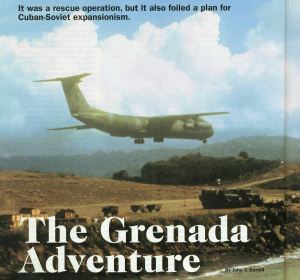
COMIENZA LA AVENTURA BÉLICA.
Tras el desembarco aéreo de las tropas estadounidenses, un jeep con las luces encendidas enarbolando una bandera blanca se aproximó a las posiciones cubanas, revelando a través de megáfonos su propósito de parlamentar. Sin embargo, la respuesta fue una andanada de disparos que luego se convirtió en un intenso tiroteo a causa del fenómeno psicológico conocido por “disparos por simpatía”, reacción muy común en los combatientes novatos.
“Me pegué a Tortoló, pa’ donde fuera él, iba yo”, narra uno de los constructores que participó en los combates. “En la noche los francotiradores con sus mirillas inflarrojas hicieron estragos, pronto cundió el pánico y la confusión… No había otra opción, había que correr… Fui de los que tuvo la suerte de llegar ileso a la embajada soviética”.
También provocó un desmadre nacional el último parte emitido por la misión diplomática cubana en Granada: “Los últimos combatientes se inmolaron envueltos en la bandera, caía así el último reducto defendido por los cubanos”.
Cumplía así Su Excelencia Julián Torres Rizo los postulados de la “Ley de Murphy”. Había que enviar la información agradable a las orejas de La Habana. Si el Comandante en Jefe se enteraba que los yanquis habían capturado a 638 combatientes y 86 se entregaron al enemigo por la vía de la rendición incondicional, le hubiera dado un ataque de estreñimiento de “sangre, sudor y lágrimas”.
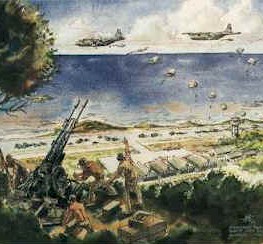
¿Si el aeropuerto de Punta Salinas estaba destinado a propósitos civiles, por qué los constructores cubanos estaban armados? ¿Si la misión encomendada al coronel Tortoló fue “mediar”, por qué los cubanos se liaron a tiros con los soldados norteamericanos? ¿Por qué los combatientes que lograron escapar fueron a refugiarse precisamente en la embajada de la URSS? ¿Cuba pretendía llamar la atención del desdeñoso Andropov? ¿Esta fue la misión asignada por el Partido y el Gobierno cubano? ¿Qué carajo fueron a defender los cubanos en Granada?
EL TRIUNFO “GLORIOSO”.
Olvidar no es recomendable y más aún, cuando hace 31 años el coronel Pedro Tortoló, vestido de civil y con pulóver a rayas, bajó la escalerilla del IL-62 que le condujo a La Habana, tras los enfrentamientos con tropas norteamericanas en la isla de Granada.
Muchos de los que vivieron la experiencia recuerdan que al aproximarse a Fidel Castro, adoptó la posición de firme para saludarle militarmente y exclamó: “¡Compañero Comandante en Jefe, la misión encomendada por el Partido y el Gobierno cubano ha sido cumplida!”. Asimismo entre abrazos, apretones de mano, vítores y el resuene de fanfarrias, el aclamado héroe se dirigió a un recinto del aeropuerto José Martí adonde ofrecería una conferencia de prensa.
Acosado por los flashes y las interrogaciones, Tortoló aseveró a los periodistas presentes que la misión encomendada por la máxima dirección del país, consistía en ejercer el papel de “mediador”. “¿Le ascenderán a general?”, preguntó alguien a continuación, a lo que respondió después de echarle un vistazo a su hombro y exhibir una leve sonrisa: “Bueno, hasta ahora soy coronel”. En efecto. No tenía idea de la desgracia que se avecinaba.
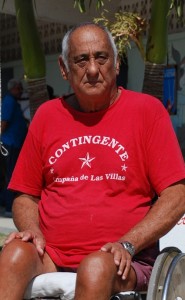
Al mes del acontecimiento, la totalidad de los combatientes civiles que participaron en los sucesos de Granada franqueaban “la posta cinco” del edificio Sierra Maestra (sede del MINFAR). En su interior oficiales designados les condujeron, por grupos, al umbral del “teatro del piso dos”, adonde fue emplazada una maqueta con el levantamiento topográfico del escenario de los combates. Los sabuesos de la Contra Inteligencia Militar (CIM) aguardaban allí para someterles a una serie de interrogatorios.
En un vídeo exhibido meses después con exclusividad para los militantes del Partido y la Juventud Comunista, se revelaba la suerte del coronel Pedro Tortoló. En vez, de un ascenso al grado inmediato superior —General de brigada— se le degradaba a soldado raso.
Iguales sanciones se le aplicaron al resto de los 48 oficiales de la CIM, aviadores, instructores y técnicos militares que participaron en los sucesos del 25, 26 y 27 de octubre de 1983. A modo de indulgencia, le fue concedida a los castigados la oportunidad de partir al África para lavar la afrenta con actos heroicos.
Además de las burlas dirigidas a Tortoló producto de las murmuraciones populares, se sumaba el término peyorativo empleado por el Ministro de las FAR, quien le tildó de “coronelito” en el susodicho vídeo.

Lo cierto es que, hoy por hoy, Pedro Tortoló, es una especie de entelequia que probablemente se ha cruzado en nuestro camino manejando un almendrón ―se aclara que no tenía un Lada, sino un Fiat polaquito― o quizás nos ha vendido cualquier fritanga en un timbiriche cuentapropista.
Con solo pronunciar su nombre, a manera de estereotipo, muchos simulan arrancar a correr. Tortoló carga con un estigma ―que si se hace justicia― debe compartir con Fidel y Raúl, quienes durante el asalto al cuartel Moncada corrieron “hasta darse con los calcañales en nuca”, dejando abandonados a sus compañeros heridos en combate.
31 AÑOS DESPUES DE GRANADA.
Mientras los medios audiovisuales del oficialismo ignoraban la efeméride, donde murieron 24 de nuestros nacionales, la cadena venezolana Tele-Sur dedicaba un reportaje a la conmemoración en la ciudad de Saint George, con entrevistas a los sobrevivientes de los sucesos del 25 de octubre de 1983, fecha oficiada en Granada como feriado por el “Día de la liberación”.
En el segmento filmado en Cuba, (TELESUR) conducido por la reportera Fabiola López, aparecieron veteranos constructores que participaron en la contienda. Entre ellos, postrado en una silla de ruedas, Mario Martín Manduca, uno de los civiles heridos gravemente en combate que fue abandonado en el campo de batalla por sus compañeros y fue socorrido humanitariamente por sus enemigos.
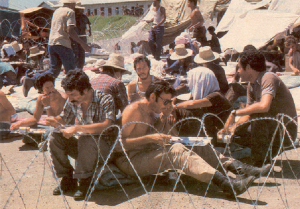
Por supuesto que el gran ausente del reportaje fue el excoronel Pedro Tortoló, quizás el más indicado para aclarar las interrogantes que oscurecen el episodio granadino.
Tras su repatriación ―se le asistió en un hospital de Puerto Rico― Martin Manduca echó pa’lante públicamente a “Malanga y su puesto de vianda”, un destape de Caja de Pandora por la que Tortoló y el resto de los oficiales fueron sancionados. En su comentario, reveló la existencia de un libro de su autoría con crónicas de la batalla. Pero como suele ser recurrente, el texto no se encuentra disponible en las librerías nacionales.

Las vistas incluyeron una relegada bóveda del cementerio de Saint George, con una tarja de bronce a modo de epitafio que enumera a los militares granadinos caídos en los enfrentamientos contra los efectivos de la 82 división aerotransportada. Además de vistas de las playas atestadas de bañistas y algunas imágenes actuales del controversial aeropuerto.
Agencies/DDC/Pablo Pascual Méndez Piña, La Habana/Excerpts
The Cuban History, Hollywood.
Arnoldo Varona, Editor.
CUBA PHOTOS.
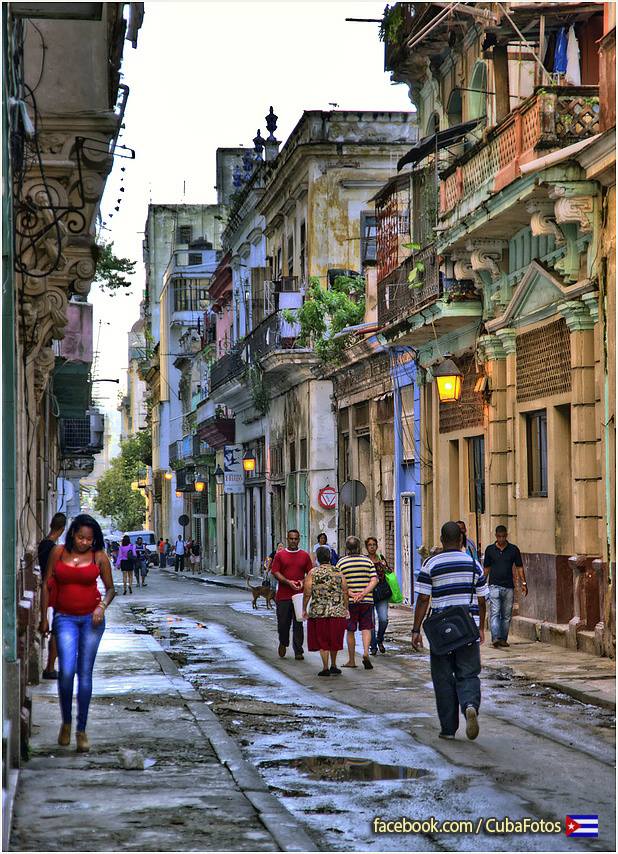
31th ANNIVERSARY OF CASTRO ADVENTURE IN GRANADA. “RAN AS TORTOLÓ!”
 31th ANNIVERSARY OF CASTRO ADVENTURE IN GRANADA. “RAN AS TORTOLO!”.
31th ANNIVERSARY OF CASTRO ADVENTURE IN GRANADA. “RAN AS TORTOLO!”.
After suffering a heart attack, Major General Senen Casas Regueiro, and first deputy chief of the General Staff, was replaced in office by Brigadier General Ulises Rosales del Toro-then promoted to Major General who occupied the head-of Staff of the Western Army. The vacancy was filled by Colonel Pedro Tortoló Comas, an official liaison secretariat of the Minister of the FAR.
Tortoló stardom conquered the night of 24 October, when Fidel Castro sympathized with Cuban television to tell the people that in the coming hours the troops of the 82nd Airborne Division disembark in Granada USA. Given the likelihood of confrontation with the Cubans, Castro was quick to compare the unknown colonel with General Antonio Maceo, the Bronze Titan.
When the AN-26 of the Cuban Air Force which led to Granada played track in Saint George, Tortoló ordered the crew to remain at their posts ready and then went to the residence of Ambassador Juan Torres Rizo. Meanwhile, at the camp “Little Havana” close the controversial airport under construction (Punta Salinas), more than 700 Cuban construction workers, armed with a large stash of AK-47 rifles, RPK machine guns, RPG rocket launchers and anti-tank gun were grouped 55 mm, including abundant park.

THE ADVENTURE BEGINS.
After the air landing of American troops, a jeep with lights on it a white flag approached Cuban positions, revealing through megaphones its intention to parley. However, the response was a volley of shots that later became an intense firefight because of the psychological phenomenon known as “sympathetic shots”, very common reaction novice fighters.
“I stuck to Tortoló, pa ‘where were him, I would,” recounts one of the builders who participated in the fighting. “At night sniping with peepholes inflarrojas raged, suddenly panicked and confusion … no other choice, you had to run … I was of those who had the luck to reach the Soviet Embassy unharmed.”
It also sparked a nationwide riot last part issued by the Cuban diplomatic mission in Granada: “The last fighters blew themselves wrapped in the flag and fell the last stronghold defended by Cubans.”
Thus fulfilled His Excellency Julian Torres Rizo postulates of “Murphy’s Law”. It was nice to send information to the ears of Havana. If the Commander in Chief found out that the Yankees had captured 638 enemy fighters and 86 were delivered by way of unconditional surrender, he would have had a fit of constipation “blood, sweat and tears.”

If the airport of Punta Salinas was intended for civilian purposes, why were armed Cuban construction? If the mission entrusted to Colonel Tortoló was “mediate” why Cubans they messed with dead American soldiers? Why fighters who escaped took refuge in the embassy precisely the USSR? ¿Cuba intended to alert the dismissive Andropov? Is was assigned by the Party and Cuban government mission? What the fuck are they defending Cubans in Granada?
WIN THE “GLORIOUS”.
Forgetting is not recommended and even more so when 31 years ago Colonel Pedro Tortoló civilian clothes and sweater striped down the stairs of the IL-62 that led to Havana, following clashes with American troops on the island of Granada.
Many of those who lived the experience reminded that when approaching Fidel Castro, took the position militarily strong to greet and exclaimed, “Commander in Chief Mate, entrusted by the Party and Cuban government mission has been accomplished”. Also with hugs, handshakes, and cheers resound fanfare, the acclaimed hero went to a room where the airport José Martí offer a press conference.
Beset by flashes and interrogations, Tortoló said to reporters that the mission entrusted by the top leadership of the country mission was to play the role of “mediator”. “? Would generally amount to” someone asked then to which he replied after taking a look at your shoulder and exhibit a slight smile: “Well, so far I am Colonel”. Indeed. I had no idea of the misery to come.

A month of the event, all civilian fighters who participated in the events of Granada franked “the post five” Sierra Maestra building (headquarters MINFAR). In his official designated indoor led them, in groups, the threshold of the “theater stage two”, where he was located a demo with surveying the scene of the fighting. Bloodhounds of Military Intelligence (CIM) Contra waiting there to subject them to a series of interrogations.
In a video shown exclusively for months after the militants of the Party and the Communist Youth, the fate of Colonel Pedro Tortoló revealed. Instead, a promotion to the next grade -General brigadier he was demoted to private.
The same penalties were applied to the rest of the 48 officers of the CIM, airmen, military trainers and technicians who participated in the events of 25, 26 and 27 October 1983 As an indulgence was granted the opportunity to punished leaving to Africa to wash the shame with heroics.
Besides teasing Tortoló product aimed at the popular gossip, the pejorative term used by the Minister of the FAR, who branded him “coronelito” in the above video was added.

The truth is that, today, Pedro Tortoló, is a kind of pipe dream that has probably crossed our path driving a almendrón He clarified that he had a Lada, but a Fiat polaquito- or perhaps sold us any fry in one cuentapropista timbiriche.
Just say his name, as a stereotype, many simulated start running. It carries a stigma Tortoló which if done justice to share with Fidel and Raul, who during the assault on the Moncada barracks ran “to be with calcañales in neck”, leaving behind their wounded comrades in combat.
31 YEARS LATER OF GRANADA.
While the ruling audiovisual media ignored the anniversary, which killed 24 of our nation, the Venezuelan chain Tele-South dedicated an article to the memorial in the town of Saint George, with interviews with survivors of the events of October 25, 1983 date celebrated as a holiday in Granada by the “liberation Day”.
In the segment filmed in Cuba, (Telesur) led by reporter Fabiola Lopez appeared builders veterans who participated in the contest. Among them, confined to a wheelchair, Mario Martín Manduca, one seriously wounded civilians in combat that was abandoned in the field by his teammates and was rescued by his enemies humanely.

Of course the big story was absent from Pedro excoronel Tortoló perhaps best placed to clarify the questions that obscure the Granada episode.
After his repatriation She assisted him in a hospital in Puerto Rico Martin Manduca publicly threw pa’lante “Malanga and his post pottage,” a Pandora’s Box uncovering why Tortoló and other officers were disciplined. In his commentary, revealed the existence of a book he authored with chronic battle. But as is often recurrent, the text is not available in national libraries.

The views included a neglected cemetery vault Saint George, with a bronze plaque as an epitaph which lists the Grenadian soldiers killed in the fighting against the troops of the 82nd Airborne Division. In addition to views of the beaches crowded with bathers and some current pictures of the controversial airport.
Agencies / DDC / Pablo Pascual Méndez Piña, Havana / Excerpts
The Cuban History, Hollywood.
Arnoldo Varona, Editor.
 Lincoln R. Chase (29 June 1926 – 6 October 1980) was an African-American songwriter and occasional recording artist. As a writer, his most notable songs were “Such a Night”, “Jim Dandy”, and several of Shirley Ellis’ hits in the early 1960s including “The Name Game” and “The Clapping Song”.
Lincoln R. Chase (29 June 1926 – 6 October 1980) was an African-American songwriter and occasional recording artist. As a writer, his most notable songs were “Such a Night”, “Jim Dandy”, and several of Shirley Ellis’ hits in the early 1960s including “The Name Game” and “The Clapping Song”.


